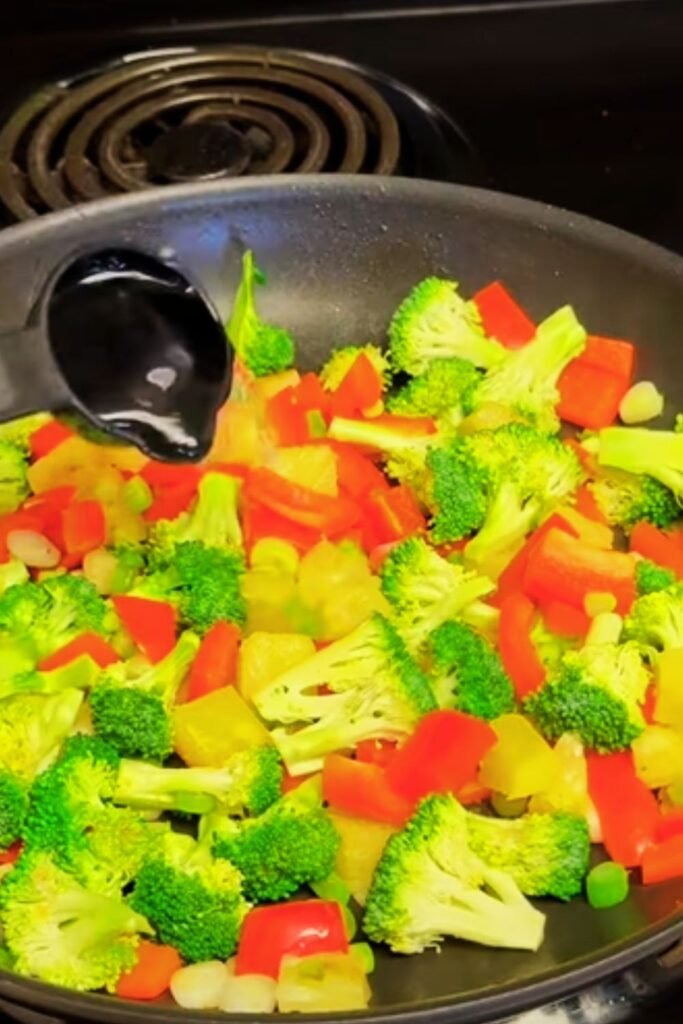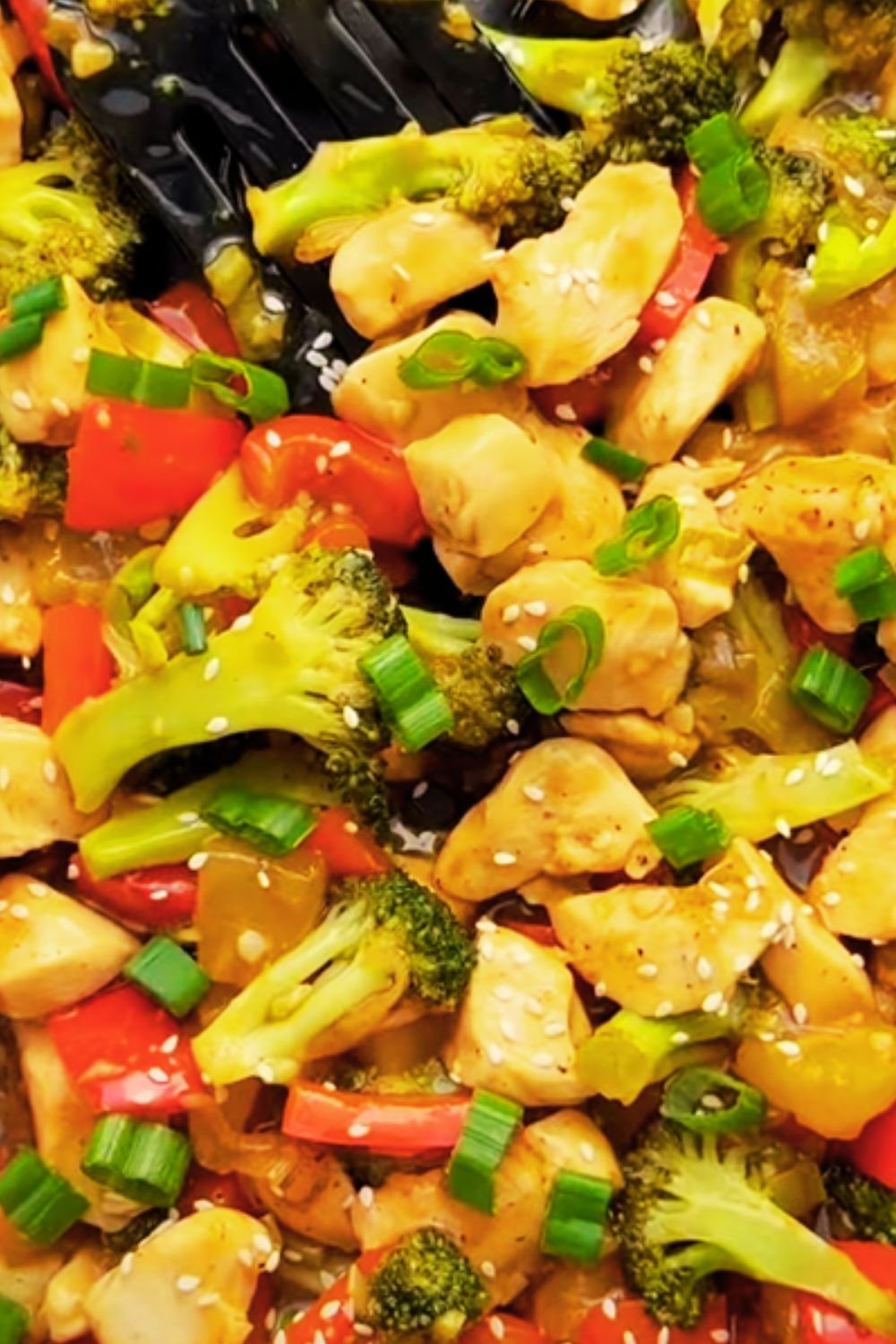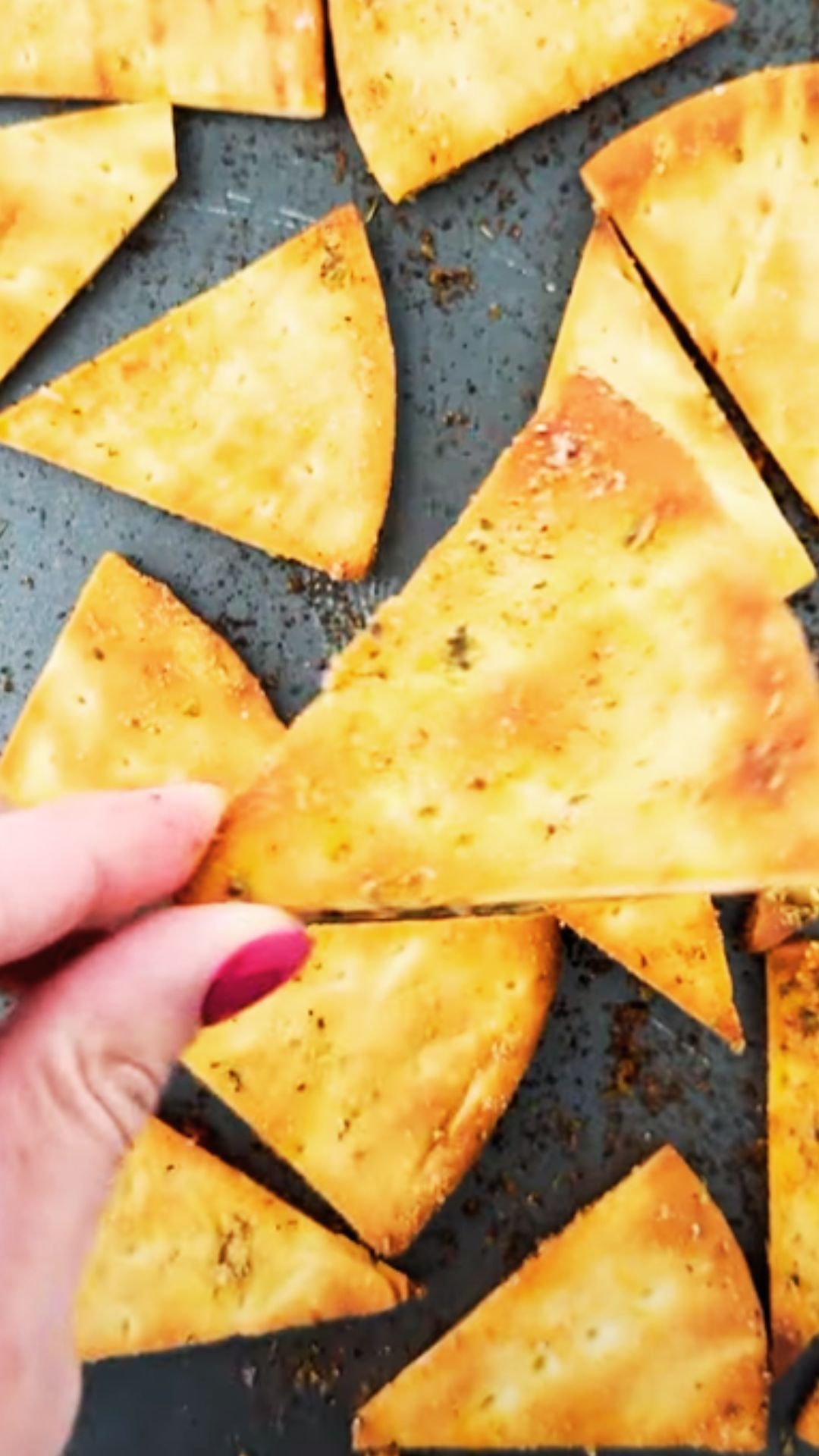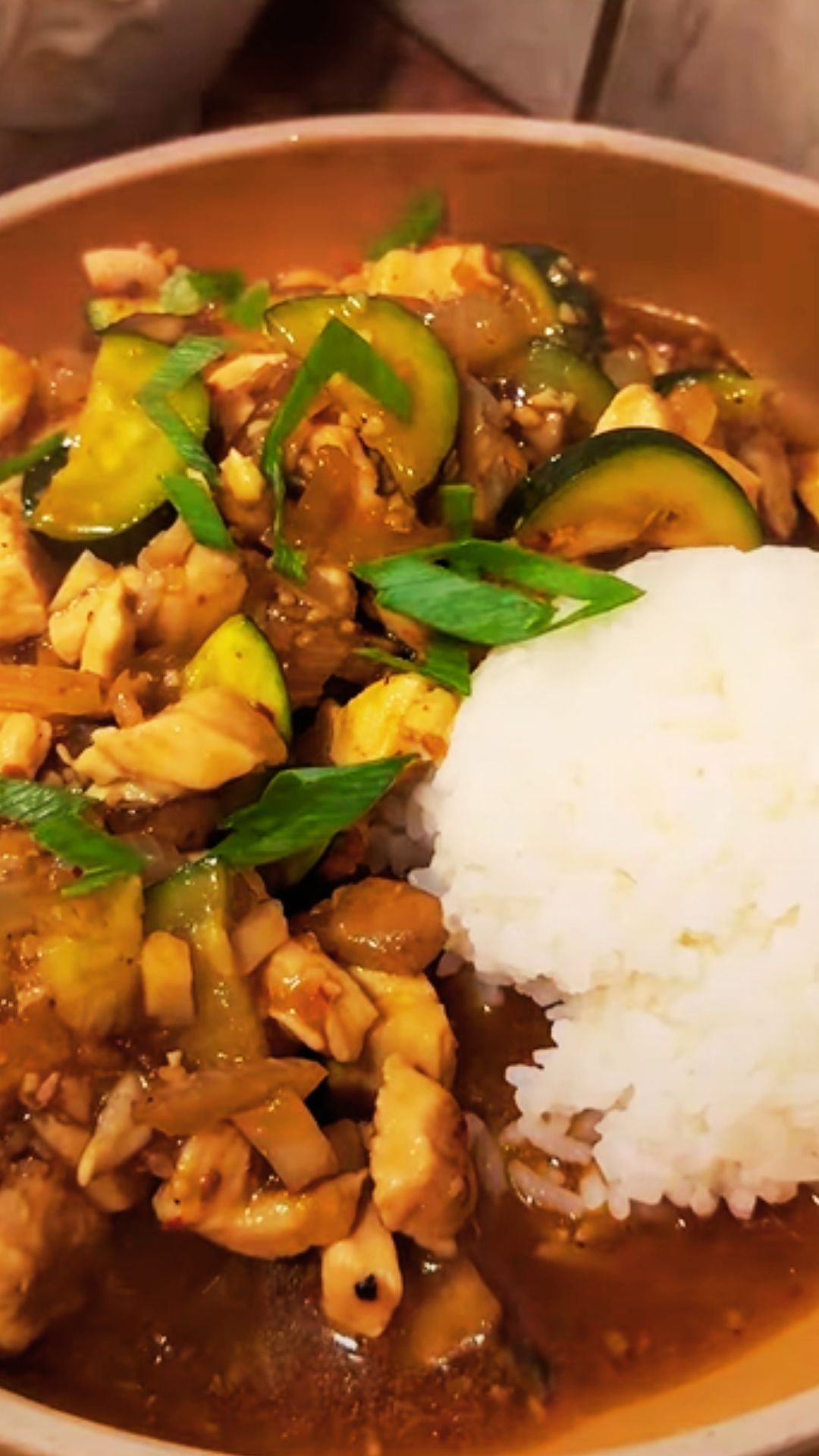There’s something magical about the combination of sweet pineapple and zesty ginger that transforms ordinary chicken into an extraordinary meal. I’ve been perfecting this 20-minute ginger pineapple chicken stir fry for years, and it has become my go-to recipe when I need something quick, flavorful, and satisfying. The beauty of this dish lies not just in its incredible taste, but in how effortlessly it comes together, making it perfect for busy weeknights or when you want to impress guests without spending hours in the kitchen.
This stir fry brings together tender pieces of chicken breast with juicy pineapple chunks, crisp vegetables, and a glossy sauce that’s bursting with fresh ginger flavor. The contrast between the sweet tropical fruit and the warming spice of ginger creates a harmonious balance that will have your taste buds dancing. What I love most about this recipe is how the pineapple caramelizes slightly during cooking, creating those beautiful golden edges that add both visual appeal and concentrated sweetness to every bite.
Understanding the Perfect Stir Fry
Stir Fry Technique
: A high-heat cooking method that quickly sears ingredients while maintaining their texture and nutrients, resulting in vibrant colors and crisp-tender vegetables.
Mise en Place
: The French culinary term meaning “everything in its place,” referring to having all ingredients prepped and ready before beginning to cook.
Caramelization
: The process where natural sugars in foods like pineapple develop complex flavors and golden-brown colors when exposed to high heat.
Wok Hei
: The distinctive smoky flavor imparted by cooking at extremely high temperatures in a well-seasoned wok, though achievable in a regular skillet with proper technique.
The secret to achieving restaurant-quality stir fry at home lies in understanding heat control and timing. I always preheat my pan until it’s smoking hot before adding any ingredients. This ensures that the chicken develops a beautiful sear while staying juicy inside, and the vegetables retain their vibrant colors and crisp texture.
Essential Ingredients Breakdown
Creating the perfect ginger pineapple chicken stir fry starts with selecting quality ingredients. I’ve learned through countless iterations that fresh is always best, but I’ll share some practical substitutions that work beautifully when fresh isn’t available.
Protein Selection
For the chicken, I exclusively use boneless, skinless chicken breast or thighs. Breast meat cooks quickly and stays tender when not overcooked, while thighs offer more flavor and forgiveness if you accidentally cook them a minute too long. I cut the chicken into uniform pieces, roughly three-quarter inch cubes, ensuring even cooking throughout.
The Pineapple Factor
Fresh pineapple is my preferred choice because it holds its shape better during cooking and provides that perfect balance of sweetness and acidity. However, I’ve successfully used canned pineapple chunks when fresh isn’t available. The key is draining them thoroughly and patting dry to prevent excess moisture from steaming the stir fry.
Ginger: The Star Player
Fresh ginger root is absolutely non-negotiable in this recipe. I use a microplane grater to create fine ginger paste that disperses evenly throughout the sauce. The amount of ginger can be adjusted to taste, but I recommend starting with two tablespoons for a noticeable but not overwhelming flavor.
Complete Ingredient List and Measurements
| Ingredient | Amount | Notes |
|---|---|---|
| Chicken breast, cubed | 1.5 lbs | Cut into 3/4-inch pieces |
| Fresh pineapple, chunks | 2 cups | Or 1 can, drained and dried |
| Fresh ginger, grated | 3 tablespoons | Use microplane for best texture |
| Garlic cloves, minced | 4 cloves | Fresh only, no powder |
| Bell peppers, mixed colors | 2 large | Cut into strips |
| Snap peas | 1 cup | Trimmed |
| Carrots, julienned | 1 large | Or 1 cup baby carrots, halved |
| Green onions | 4 stalks | White and green parts separated |
| Vegetable oil | 3 tablespoons | High smoke point oil preferred |
| Sesame oil | 1 tablespoon | For finishing |
Sauce Components
| Ingredient | Amount | Purpose |
|---|---|---|
| Soy sauce, low sodium | 1/4 cup | Base umami flavor |
| Rice vinegar | 2 tablespoons | Balances sweetness |
| Honey | 2 tablespoons | Natural sweetener |
| Cornstarch | 1 tablespoon | Thickening agent |
| Chicken broth | 1/4 cup | Adds depth |
| Red pepper flakes | 1/2 teaspoon | Heat (optional) |
| Sesame seeds | 2 tablespoons | Garnish and texture |
Step-by-Step Cooking Process
My method ensures that each component is cooked to perfection while maintaining the bright, fresh flavors that make this dish special. The key is working quickly once you start cooking, so having everything prepped beforehand is crucial.
Preparation Phase
I begin by whisking together all sauce ingredients in a small bowl, making sure the cornstarch dissolves completely to prevent lumps. The chicken gets seasoned with salt and pepper, then tossed with a light coating of cornstarch to help create that silky texture characteristic of Chinese restaurant stir fries.
The Cooking Sequence
Step 1: Heat Management
I heat my largest skillet or wok over high heat until it begins to smoke. Adding a drop of water should cause it to sizzle and evaporate immediately.
Step 2: Chicken First
The chicken goes in first, spread in a single layer without overcrowding. I resist the urge to move it for the first two minutes, allowing a golden crust to develop. After flipping, I cook for another 2-3 minutes until the internal temperature reaches 165°F.
Step 3: Vegetable Timing
I remove the chicken and add the harder vegetables first – carrots and bell peppers cook for two minutes, then snap peas join for another minute. The white parts of green onions go in during the last thirty seconds.
Step 4: Bringing It Together
The cooked chicken returns to the pan along with pineapple chunks. I pour the sauce around the edges of the pan, not directly over the ingredients, allowing it to heat and thicken before tossing everything together.

Nutritional Benefits and Health Considerations
This ginger pineapple chicken stir fry isn’t just delicious – it’s packed with nutritional benefits that make it a smart choice for health-conscious home cooks. I love that I can serve my family something that tastes indulgent while actually providing substantial nutritional value.
Protein Powerhouse
The chicken breast provides approximately 25 grams of lean protein per serving, supporting muscle maintenance and keeping you satisfied longer. I’ve found that the high protein content makes this dish particularly satisfying, preventing the post-meal hunger that sometimes accompanies lighter Asian-inspired dishes.
Vitamin and Mineral Content
| Nutrient | Primary Source | Health Benefit |
|---|---|---|
| Vitamin C | Pineapple, Bell Peppers | Immune system support, collagen production |
| Vitamin A | Carrots, Bell Peppers | Eye health, immune function |
| Potassium | Chicken, Pineapple | Heart health, muscle function |
| Manganese | Pineapple, Ginger | Bone health, metabolism |
| Gingerol | Fresh Ginger | Anti-inflammatory, digestive aid |
| Bromelain | Pineapple | Digestive enzyme, anti-inflammatory |
Dietary Adaptations
I’ve successfully modified this recipe for various dietary needs. For those following a low-sodium diet, I reduce the soy sauce and increase other flavor components like ginger and rice vinegar. The recipe is naturally gluten-free when using tamari instead of regular soy sauce, and it’s easily made paleo-compliant by substituting coconut aminos and maple syrup.
Flavor Variations and Customizations
Over the years, I’ve experimented with countless variations of this basic recipe, each bringing its own unique character to the dish. These modifications allow you to customize the stir fry based on seasonal availability, personal preferences, or dietary requirements.
Spice Level Adjustments
For those who enjoy heat, I recommend adding fresh sliced jalapeños along with the bell peppers, or increasing the red pepper flakes in the sauce. My spice-loving friends particularly enjoy a version where I include a tablespoon of sriracha in the sauce mixture.
Vegetable Variations
Spring Version: I substitute asparagus and sugar snap peas for the bell peppers, adding fresh mint leaves at the end for a bright, seasonal flavor.
Summer Abundance: Zucchini, yellow squash, and cherry tomatoes create a lighter version perfect for hot weather dining.
Fall Comfort: Adding butternut squash cubes (pre-roasted for 15 minutes) and a pinch of five-spice powder creates a warming, autumn-appropriate variation.
Protein Alternatives
While chicken remains my preferred protein, I’ve successfully prepared this recipe using:
- Shrimp (reduce cooking time to 2-3 minutes total)
- Firm tofu (pressed and cubed, cooked until golden)
- Pork tenderloin (sliced thin for quick cooking)
- Beef sirloin (cut against the grain in thin strips)
Serving Suggestions and Accompaniments
The versatility of this ginger pineapple chicken stir fry extends beyond the dish itself to how it’s served and what accompanies it. I’ve discovered that the right base and sides can transform this from a simple weeknight dinner to an impressive meal suitable for entertaining.
Perfect Rice Partners
Jasmine Rice: My go-to choice for its fragrant, slightly sticky texture that perfectly complements the sauce.
Brown Rice: For added nutrition and a nuttier flavor that pairs beautifully with the ginger.
Coconut Rice: Cooked with coconut milk, this creates a tropical theme that enhances the pineapple flavors.
Cauliflower Rice: A low-carb option that I often choose when I want to focus on the stir fry’s vibrant flavors without the heaviness of grain.
Alternative Bases
Beyond rice, I’ve served this stir fry over various noodles with excellent results. Rice noodles, lo mein noodles, or even zucchini noodles for a lighter option all work wonderfully. The key is ensuring your chosen base doesn’t compete with but rather complements the dish’s complex flavors.
Side Dish Harmony
| Side Dish | Flavor Profile | Why It Works |
|---|---|---|
| Cucumber Salad | Cool, refreshing | Balances the warm spices |
| Steamed Edamame | Mild, slightly sweet | Adds protein and fiber |
| Asian Slaw | Crunchy, tangy | Textural contrast |
| Spring Rolls | Fresh, light | Maintains the Asian theme |
| Steamed Broccoli | Mild, earthy | Adds green vegetables |
Storage and Meal Prep Strategies
One of the practical advantages of this ginger pineapple chicken stir fry is how well it adapts to meal prep routines. I often prepare larger batches on Sunday afternoons, portioning them for easy weekday lunches or dinners.
Proper Storage Techniques
The cooked stir fry keeps beautifully in the refrigerator for up to four days when stored in airtight containers. I’ve learned that slightly undercooking the vegetables during the initial preparation helps maintain their texture when reheated.
For longer storage, the dish freezes well for up to three months. I portion it into individual serving sizes using freezer-safe containers, leaving some space for expansion. The pineapple and vegetables maintain their integrity surprisingly well through the freezing process.
Reheating Methods
Stovetop Method: My preferred reheating technique involves a quick stir fry in a hot pan with a splash of chicken broth to refresh the sauce.
Microwave Method: For convenience, microwave in 30-second intervals, stirring between each, until heated through.
Oven Method: Spread in a baking dish, cover with foil, and reheat at 350°F for 10-12 minutes.
Meal Prep Considerations
| Component | Prep Strategy | Storage Time |
|---|---|---|
| Cut Chicken | Marinate up to 24 hours | 1-2 days raw |
| Sauce | Make ahead, store refrigerated | Up to 1 week |
| Vegetables | Wash, cut, store separately | 3-4 days |
| Complete Dish | Cook, cool, portion | 4 days refrigerated |
| Frozen Portions | Cook, cool, freeze | 3 months |
Troubleshooting Common Issues
Through years of making this recipe, I’ve encountered and solved various challenges that home cooks commonly face. Understanding these potential pitfalls and their solutions ensures consistent success every time you prepare this dish.
Texture Problems and Solutions
Soggy Vegetables: This usually results from overcrowding the pan or cooking at too low temperature. I always use the largest pan available and cook in batches if necessary to maintain high heat and proper searing.
Tough Chicken: Overcooking is the primary culprit. I use a meat thermometer to ensure the internal temperature reaches exactly 165°F, no more. Cutting against the grain also helps maintain tenderness.
Watery Sauce: Excess moisture from improperly drained pineapple or vegetables can thin the sauce. I always pat ingredients dry and ensure my pan is properly preheated before adding any components.
Flavor Balance Issues
Too Sweet: If the pineapple overwhelms the dish, I add an extra tablespoon of rice vinegar or a squeeze of fresh lime juice to restore balance.
Lacking Depth: When the flavors seem flat, I’ve found that adding a splash of fish sauce or increasing the ginger quantity typically resolves the issue.
Insufficient Heat: For those who prefer more spice, adding fresh ginger and red pepper flakes during cooking provides better flavor integration than adding them afterward.
Advanced Techniques for Restaurant Quality
After perfecting the basic recipe, I began incorporating professional techniques that elevate this home-cooked dish to restaurant standards. These methods require minimal additional effort but produce dramatically improved results.
Velveting the Chicken
This Chinese restaurant technique involves marinating the chicken in egg white and cornstarch before cooking. The result is incredibly tender, silky chicken that stays moist even when cooked at high heat.
Velveting Process:
- Toss cubed chicken with 1 egg white
- Add 1 tablespoon cornstarch and 1 teaspoon soy sauce
- Marinate for 15-30 minutes
- Cook as directed in the main recipe
Sauce Layering
Instead of mixing all sauce ingredients together, I create layers of flavor by adding components at different stages of cooking. The soy sauce goes in first to deglaze the pan, followed by the honey and vinegar mixture, and finally the cornstarch slurry to thicken.
Temperature Control Mastery
Using a infrared thermometer, I maintain my pan temperature between 400-450°F throughout cooking. This ensures proper searing without burning while maintaining the vibrant colors of the vegetables.
Seasonal Adaptations and Ingredient Substitutions
The beauty of this recipe lies in its adaptability to seasonal ingredients and dietary preferences. I’ve developed several variations that maintain the core flavor profile while incorporating seasonal produce and accommodating various dietary needs.
Spring Modifications
When spring vegetables are abundant, I substitute asparagus for snap peas and add fresh pea shoots in the final minute of cooking. Spring onions replace regular green onions, providing a milder, sweeter flavor that complements the pineapple beautifully.
Summer Variations
During peak summer, I often include yellow squash and cherry tomatoes, reducing the cooking time to maintain their delicate texture. Fresh basil added at the end provides an aromatic finish that pairs surprisingly well with the ginger and pineapple combination.
Winter Comfort Versions
Cold weather calls for heartier variations. I add pre-roasted butternut squash cubes and increase the ginger quantity for additional warming properties. Sometimes I include a pinch of Chinese five-spice powder for extra depth and complexity.
Dietary Accommodation Strategies
| Dietary Need | Substitution | Notes |
|---|---|---|
| Gluten-Free | Tamari for soy sauce | Ensure all other ingredients are certified |
| Low-Sodium | Coconut aminos | Reduce by half, add citrus for brightness |
| Paleo | Coconut aminos, maple syrup | Replace honey with pure maple syrup |
| Keto | Reduce pineapple, add bell peppers | Focus on vegetables, moderate fruit |
| Vegetarian | Firm tofu or tempeh | Press tofu well, marinate for flavor |
The Science Behind Perfect Stir Fry
Understanding the scientific principles behind stir fry cooking has dramatically improved my results and consistency. The Maillard reaction, moisture management, and heat transfer all play crucial roles in creating the perfect dish.
Heat Transfer and Cooking Speed
The rapid cooking characteristic of stir fry relies on efficient heat transfer from the pan to the ingredients. I preheat my pan until it’s smoking, ensuring immediate searing that locks in juices while creating appealing textures and colors.
Moisture Control
Excess moisture is the enemy of good stir fry. I pat all ingredients dry before cooking and avoid overcrowding, which creates steam rather than the desired searing effect. The high heat immediately evaporates surface moisture, allowing for proper browning.
Enzymatic Reactions in Pineapple
The bromelain enzyme in fresh pineapple breaks down proteins, which is why I add it near the end of cooking. This prevents the chicken from becoming mushy while still allowing the pineapple to caramelize beautifully.
Frequently Asked Questions
Q: Can I use frozen pineapple instead of fresh?
I’ve experimented with frozen pineapple extensively, and while it’s possible, the results aren’t quite the same. Frozen pineapple releases more moisture during cooking, which can make the stir fry watery. If you must use frozen, thaw it completely, drain thoroughly, and pat very dry with paper towels before cooking.
Q: How do I prevent the chicken from becoming tough?
The key to tender chicken is avoiding overcooking and cutting it properly. I cut the chicken into uniform pieces against the grain, which shortens the muscle fibers. I also never cook chicken beyond 165°F internal temperature, and I let it rest briefly after cutting to allow the juices to redistribute.
Q: What’s the best oil for high-heat stir frying?
I prefer avocado oil or refined coconut oil for their high smoke points and neutral flavors. Vegetable oil and canola oil also work well. I avoid olive oil for stir frying because its lower smoke point can create bitter flavors at the high temperatures required.
Q: Can I make this recipe less sweet?
Absolutely! I reduce the honey to one tablespoon and add an extra tablespoon of rice vinegar for balance. You can also use less pineapple or choose slightly underripe pineapple, which has less concentrated sugars but still provides the tropical flavor.
Q: How do I know when the vegetables are perfectly cooked?
The vegetables should be bright in color and crisp-tender – they should have a slight bite when tested with a fork but not be raw or mushy. This typically takes 3-4 minutes total cooking time for most vegetables when the pan is properly heated.
Q: Can I prepare the sauce ahead of time?
The sauce keeps beautifully in the refrigerator for up to one week. I often make double batches and store the extra for quick weeknight meals. Just whisk it again before using, as the cornstarch may settle.
Q: What should I do if my stir fry turns out too salty?
If the dish is too salty, I add a bit more honey and a squeeze of fresh lime juice to balance the flavors. Adding extra vegetables or serving over plain rice also helps distribute the saltiness throughout the meal.
Q: How can I make this recipe spicier?
For heat lovers, I recommend adding fresh sliced jalapeños with the other vegetables, or including a tablespoon of sriracha in the sauce. Fresh ginger also provides a different kind of heat – increasing the ginger quantity adds warming spice without the sharp heat of peppers.
Q: Is it possible to make this recipe in advance for meal prep?
This recipe is excellent for meal prep! I slightly undercook the vegetables during the initial preparation so they maintain their texture when reheated. The flavors actually improve after a day in the refrigerator as they have time to meld together.
Q: What’s the secret to getting restaurant-style flavor at home?
The key is high heat, proper timing, and not overcrowding the pan. I also use the technique of adding aromatics like ginger and garlic to the oil first to infuse it with flavor before adding other ingredients. Finally, finishing with a drizzle of sesame oil adds that authentic restaurant taste.



